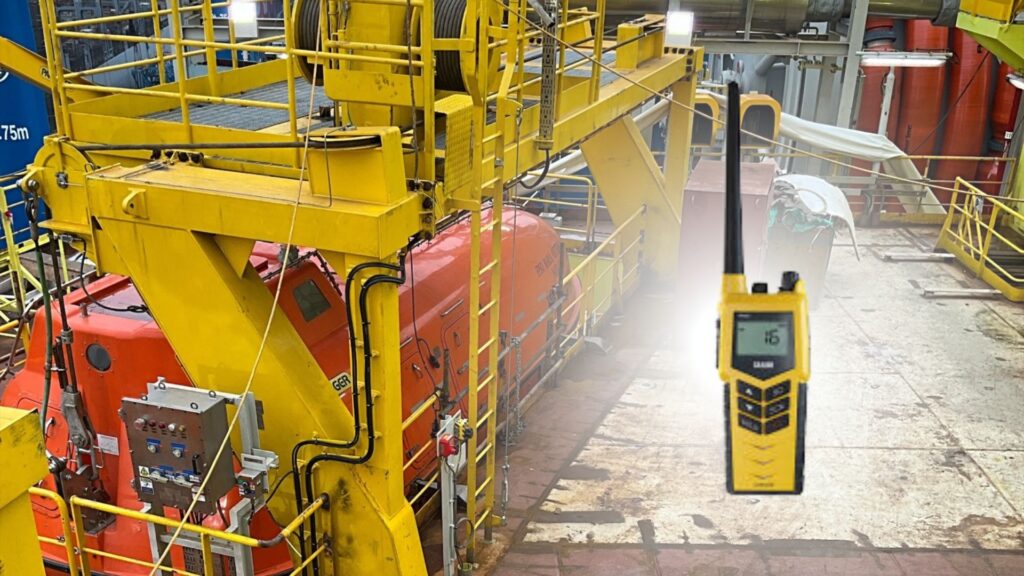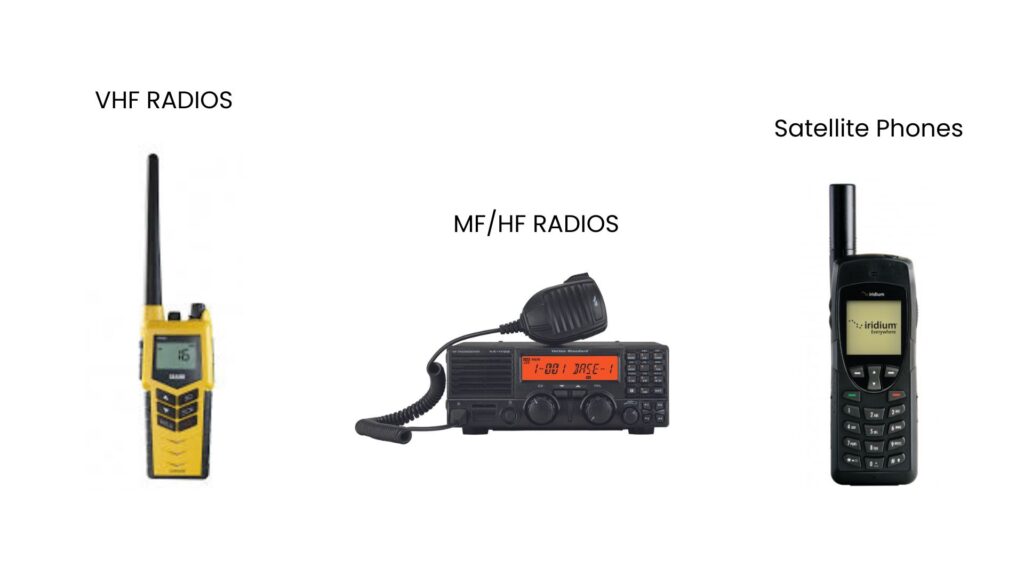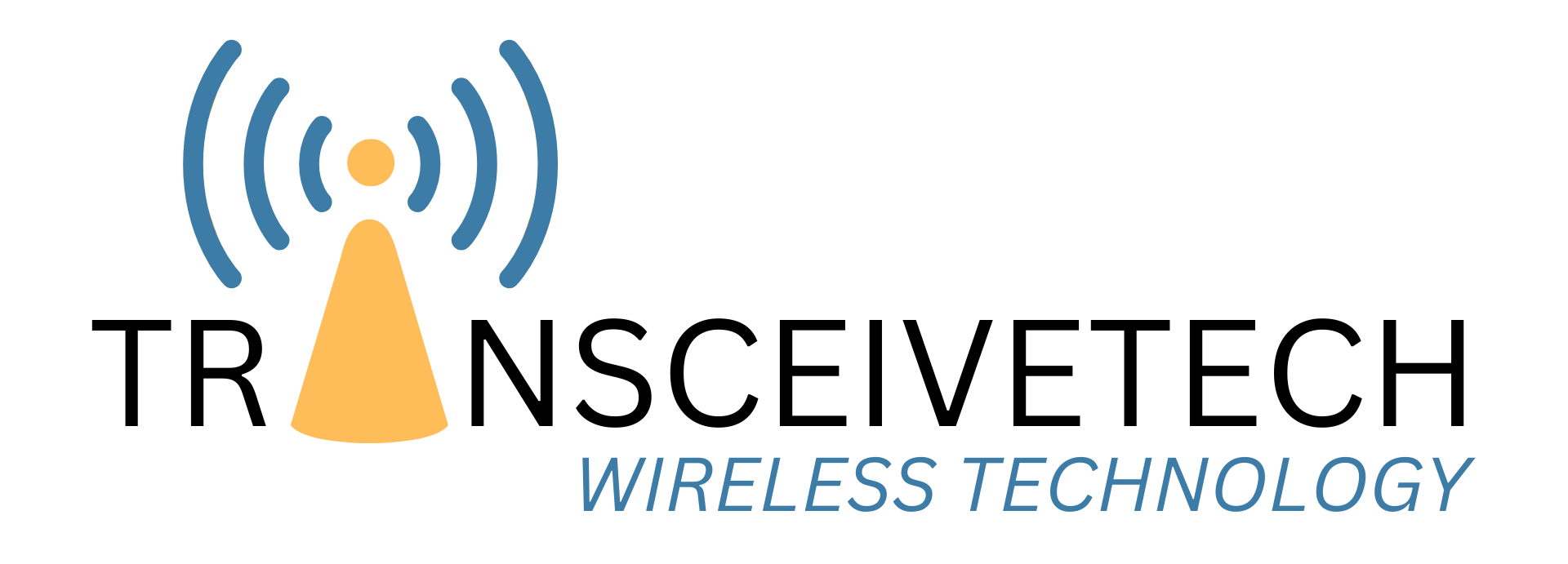Radios Used on Lifeboats
Radios used on lifeboats play a pivotal role in connecting lifeboats to the outside world, orchestrating rescues, and ultimately saving lives. In maritime emergencies, reliable means of communication can mean the difference between rescue and tragedy.
The maritime industry operates under strict regulations governing the use and maintenance of communication equipment on board vessels. International conventions such as the International Convention for the Safety of Life at Sea (SOLAS) mandate the installation and regular testing of radios and distress signaling devices to ensure readiness for emergencies.

Types of Radios Used
Lifeboats are equipped with various types of radios, each serving specific purposes tailored to the demands of maritime emergencies.
Very High Frequency (VHF) radios are the backbone of maritime communication. Operating on frequencies between 156 and 174 MHz, these radios provide clear, short-range communication ideal for distress calls and coordination with nearby vessels or shore stations.
MF/HF Radios
Medium Frequency (MF) and High Frequency (HF) radios offer longer-range communication, reaching ships and coast guard stations beyond the horizon. They are crucial for relaying distress signals over vast distances and maintaining contact during extended emergencies.
Satellite Communication
In recent years, satellite communication systems have become integral to maritime safety. Satellite phones and distress beacons ensure global coverage, enabling lifeboats to transmit distress signals and receive assistance regardless of their location.

Features and Capabilities
Radios used on lifeboats are designed to withstand the harsh marine environment and operate reliably under challenging conditions. Key features include:
Waterproofing
Radios are often waterproofed to withstand exposure to saltwater and adverse weather conditions, ensuring functionality even in the event of immersion.
Floatation Devices
Some radios are equipped with floatation devices, allowing them to remain afloat if accidentally dropped overboard, thus ensuring continuous communication capability.

Emergency Position-Indicating Radio Beacons (EPIRBs)
These specialized distress beacons automatically transmit a distress signal when activated, providing search and rescue teams with the exact location of the distressed vessel or lifeboat.
Talk To An Expert
Team Vivo Asia is skilled in the design, installation and integration of radio systems for lifeboats. We are well-versed industry regulations and have a streamlined project process. Contact us today to discuss your requirements!

